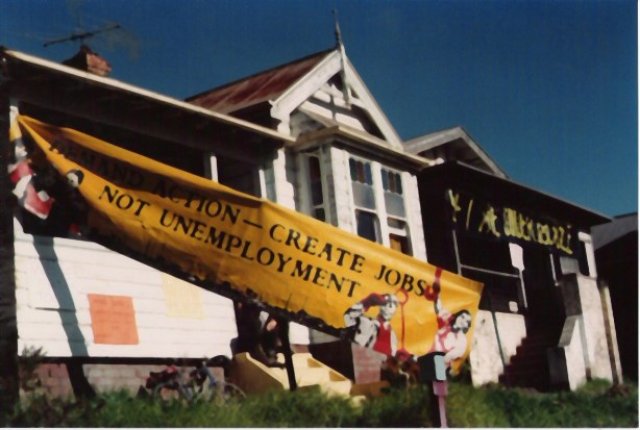
New documentary film Radical Wollongong, produced by Green Left TV, will premiere in Wollongong on May 18, followed by screenings in other cities and regional centres.
The film features activist participants from Wollongong's radical history of strikes and community rallies, from miners’ struggles to Aboriginal justice and environmental protection.
Here, co-producer John Rainford describes workers’ campaigns in the Illawarra that defeated greedy bosses and saved jobs.
***
The worldwide recession of the mid-1970s came early to the Illawarra. When it was announced that the shipyards would be closed with the loss of thousands of jobs, Illawarra miners followed the example of Glasgow’s Upper Clyde Shipyard workers: they sacked the bosses and ran the place themselves.
In May 1972, after the miners at the Scarborough pit were given redundancy notices by US mine owners Clutha, they began the first work-in at any coalmine in the world. The miners’ Lodge President was a Scotsman, Jock Welsh. He told mine management that if the company went ahead with the sackings, they would have “another Upper Clyde on their hands.”
When the company switched off the power, the miners switched it back on and began the work-in.
In three days they produced 864 tons of coal — and Clutha caved in.
With the help of other miners, South Coast unions, the Women’s Auxiliary and the community, the Scarborough pit reopened under new owners and provided jobs for miners for another decade. One Scarborough miner said of the experience: “It gives you an idea of how it would be to work under socialism, without bosses.”
Just after the working life of the Scarborough pit came to an end there was an even more dire threat to employment in the Illawarra. Between 1981 and 1983, more than 10,000 jobs disappeared. In 1983, official unemployment was 21%. But after the agonising came the organising.
Wollongong’s young unemployed were organised by Wollongong Out of Workers (WOW), which took over an unoccupied house in the city where they remained for several years. Their many actions in support of unemployed Wollongong youth included a march from Wollongong to Sydney, where they were met by 20,000 striking supporters in a convergence on Parliament House.
It was also the beginning of an unprecedented struggle by women for “jobs for women” at BHP Steelworks that went on for 14 years before their militancy and determination prevailed. They took on the most powerful employer in the country — and won.
The struggles that took place at the time are known in Australian labour history as the “Illawarra Uprising”. Kemira miners stayed underground for 16 days fighting to keep their jobs. Tens of thousands of people went to Canberra and stormed parliament, chanting, “We want jobs”.
By forming a rugby scrum at the closed doors to Parliament House, they smashed them down and occupied it until they were given the promise of job guarantees.
The prospect of the steelworks closing, adding a further 25,000 to the dole queue, was averted.
However, the long-term impacts of technological change that saved the steelworks could not be avoided indefinitely. By the late 1980s, the workforce was more than halved.
In 1989 — a period of supposed “economic recovery” — official unemployment in Wollongong was 12.5%, compared with the state average of 6.7%. But the struggles continued.
In 1990, the Southern District Retired Miners were the organising force behind a union and community-wide effort to save Coledale Hospital from hungry real estate developers and their cronies.
A 24-hour picket at the hospital gates was held for more than 12 months before the state government conceded defeat. A plaque on the headland outside the still functioning hospital commemorates the work of those involved.